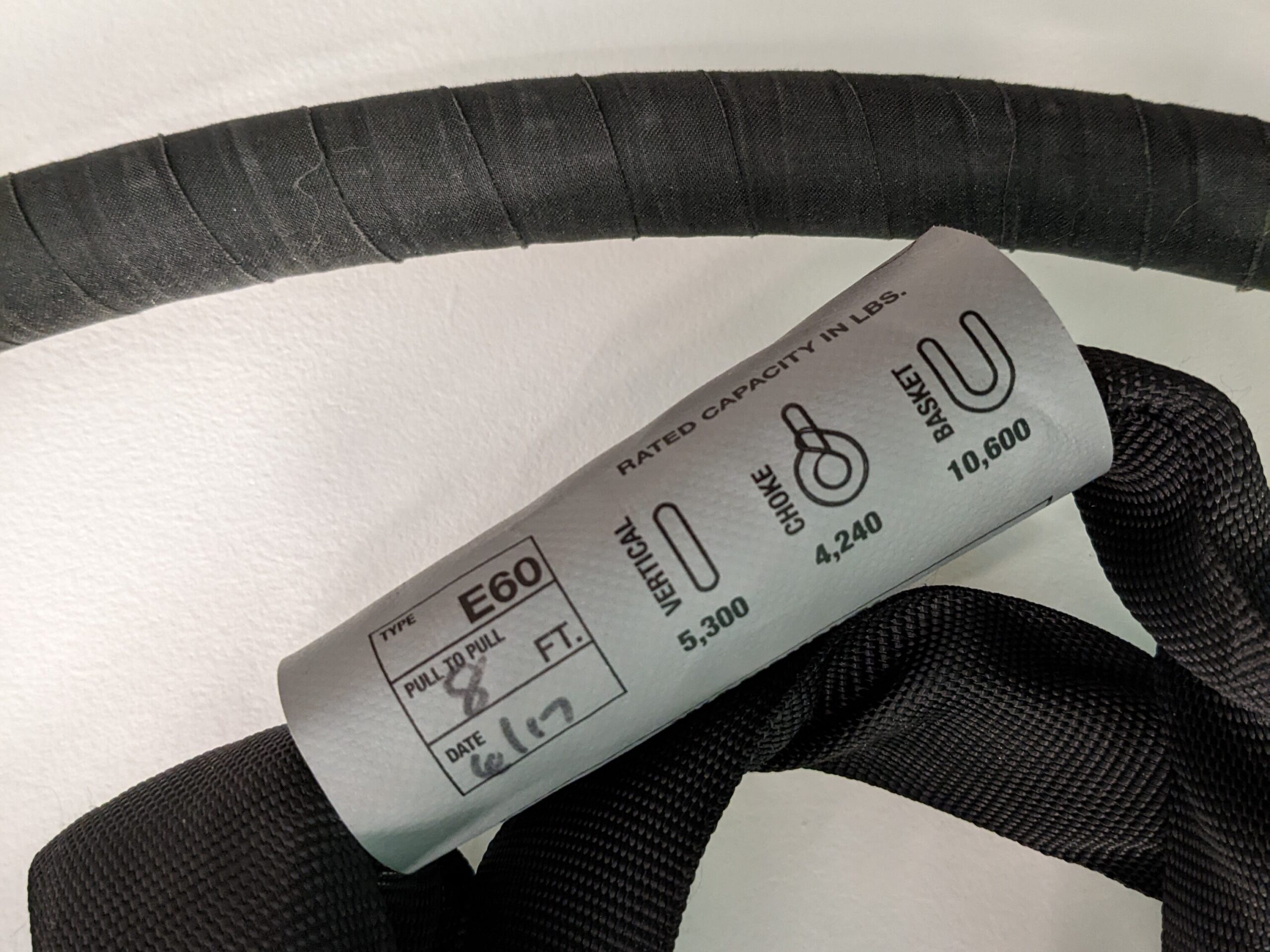Or a guide to slings, rings and more.
What you put between your bottom and the hard point is a critical point of failure.
We most commonly see people not understanding their equipment and using it incorrectly, however thankfully most equipment we use was intended for climbing and so is over engineered for us.
The key points of failure I want to point out
- using carabineers which are not intended for climbing
- throwing their sling over a rough surface and having it get cut.
Carabineers

When choosing all your hardware you want to be looking for things rated and intended for climbing or aerial arts. The carabineers above are from key rings, hammocks and other sources.
Remember we need something with a 10x safe working load. Meaning if you have a 100lb bottom you would want a working load of 1000lbs. This might seem like overkill but having a safe working margin is important when your gear is all that’s between your bottoms head and the concrete.

What we want to look for on our carabineers is the “kN”
All rated carabiners come with a kN, or kiloNewton rating engraved into the spine. If you have carabiners without a kN rating DO NOT use them for suspension. A kiloNewton is equal to about 225 lbs.
meaning in general we’re looking for anything greater than 10kN to support a person. If you want to understand the nitty gritty there’s lots of climbing articles on kN and how the physics or it all works.
Most rings for suspension are leveraged from either docking rings or custom welded, you won’t see any kN ratings on these. Instead when choosing a ring look for any deforming (if it’s wood) and buy it from a reputable seller.
Some people use Bamboo rather than a suspension ring or carabineers, Bamboo can be quite strong however it requires the correct drying method and humidity. Be sure to regularly check your bamboo for any cracks and retire it when they occur.
Let’s Talk about slings.

This information may look like code, but we’re here to help you decode it.
This is information on a sling used for aerial apparatus (AKA a the loopy thing the lyra hangs from) it describes how much load the slide can support safely in different orientations. Similar to a carabineer we want to look for ratings in kN or the thousands. Some slings are intended for children’s swing sets…and some for towing trucks, make sure you’ve got one that will support an adult.
Sling Orientations
- Vertical the simplest rigging, connection to hard point, sling hangs right down, carabiner attaches to apparatus or person.
- Choke– a choke is a common method to capture a suspension ring without requiring an additional carabineer, however it does slightly lower the strength of your sling.
- Basket Basket is a “U” shape where the sling is doubled up you’ll know it doubles the strength capacity compared the vertical.
The key thing with slings is while they are strong enough to tow a truck with they can be ruined by abrasion. throwing your sling over a rough surface and having it get cut is the biggest point of failure. Inspect your hard point for rough edges, if you’re doing rope in some place with non standard points (say off a tree, or abandoned structure) be sure to use a blanket or something between the sling and the hard point.
If you’re looking for recommendations you can check out what’s in my gear bag.